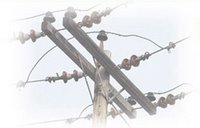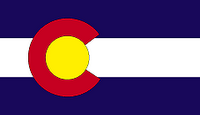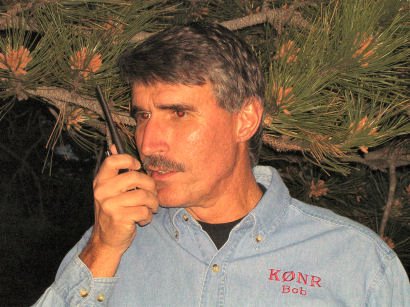
I was just starting to play around with
Twitter, mostly to understand what it does. I have been reading about it in the PC magazines and hearing about it via various tech podcasts. About the same time, I noticed that
Jeff KE9V mentioned it on
his blog.
Twitter is another form of Internet communication commonly referred to as "social networking." Back before the Internet was invented, our social network consisted of actually talking with people, usually face-to-face or maybe on the telephone. For many amateur radio enthusiasts, we also used wireless radio technology to chat. (Remember when "wireless" meant big iron radios that only qualified experts could use?) Of course, mostly we chat about our radios, so some people question the meaningfulness of that particular social network.
Then the Internet and email came along. Your email address book quickly becomes the definition of your email social network. Email distribution lists popped up for many topics and interests groups ("social networks"). More recently,
Yahoo! Groups has attracted hundreds of different ham radio groups to that system. Yahoo! Groups provides file sharing and other features, in addition to the usual email list.
Somewhere along the line, sites such as
AOL popularized the Instant Messaging (IM) concept. This was initially just text messaging but more recent versions of IM include voice messaging and file sharing.
Real
social networking sites combine a wide range of features such as chat, email, video, file sharing and blogging to allow you to "keep in touch" with people and issues you care about. The most popular social network sites in the US are
Facebook and
MySpace. These sites let you define who you are connected to and who you want within your inner circle. Like most college-age students, my kids have latched onto Facebook as the way to connect with their friends and share photos and information. (I recently got a Facebook account but my daughters are
not sure that this is a good idea....they said something about parents stalking their kids.)
Enter Twitter. Twitter is basically a microblog that lets you spit out the latest thing on your mind....what you are doing, what you are thinking, what you just discovered. It is a random flow of consciousness....or drivel....up to 140 characters at a time. Anyone interested can "follow" you and your comments. It has the flavor of a social network because you define who you want to see comments from (presumably related to people / issues you are interested in). See
this video for a quick tutorial on Twitter.
OK, so what does this have to do with ham radio? Every one of these systems, from email to Yahoo! groups to twitter, have ham radio enthusiasts using them. In other words, there are communities, I mean "social networks", that relate to amateur radio. The problem is that most of them are struggling to reach critical mass. Yahoo! Groups, which is fairly limited and has a number of issues, has gotten over this hurdle. The others are a bit hit and miss.
I am not sure where this leads and how useful this stuff is. For me personally....I am
overstimulated. There are too many systems, too many emails, too many logins/profiles to create and maintain.
Now let me get back to twittering.
http://twitter.com/robtwitte73, Bob K0NR





